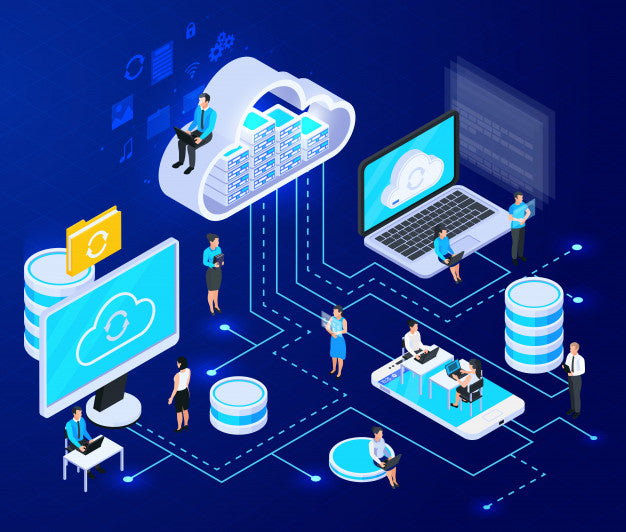
Essential Work From Home Guide For A Small Business
Remote working is the new essential in the age of Social Distancing. As a small business, figuring out how to get your employees set up for remote working may seem like a daunting task, but there are many resources available to help the transition or set up.

In this article, we will go through a checklist of tasks we actually prepare to make sure all of our employees can work safely and productive at home and away from the office. There is no one size fits all solution for all companies and employees, but these are the steps that we think would work best for most small and medium businesses to get started
1. Hardware
Hardware is referring to things like laptops, PC’s, and other technical office equipment.
The two main options for hardware are: company owned equipment or personal owned equipment.
For My Choice Software, we prefer to have employees “check out” company owned hardware because they can be monitored, and this keeps their work environment separate from their personal. This is also the safer option as it is less likely to get viruses with no personal email or other accounts involved.
Be sure to have a “check out” process for equipment to keep track of where and who has the hardware. We also have a spreadsheet with all the series numbers of the equipment and our employees' signature. We want to be clear and specific because if there are issues after we get a certain item back, we will know exactly who was using it.
2. VPN Services
Security is high priority when it comes to company data and information.
VPN stands for "Virtual Private Network", and VPN services are a layer of security for public and private networks so individuals and organizations can send and receive data over the internet without “internet spies”.
Make sure to have antivirus software installed and running on the hardware prior to using a VPN because if it’s already compromised, the VPN won’t help.
![]()
We currently use VyprVPN (https://www.vyprvpn.com), but if you don't know which VPN to use, you can choose from a list of most popular VPNs on TechRadar: https://www.techradar.com/vpn/best-vpn
3. Time Clock

Making sure all employees are clocking in and out on time is crucial for a work day. There are cloud-based time clocks for your virtual employees so you don’t have to worry about the old school way of writing it all down. You can also ensure that employees are clocking in from their homes by only allowing them to clock in from a specific IP address.
We currently use iSolved (https://www.isolvedhcm.com/) for time clocking and other HR-related tasks as well.
4. Communication Tools
In-person is usually much easier for a team to get ideas across. When you have multiple employees working remotely, that personal communication is much harder. Having the right communication software is key.
At My Choice Software, we currently use a combination of various communication tools:
- Slack (https://slack.com/)
- Google Hangouts Meet from the Google Suite (https://gsuite.google.com/products/meet/)
- Microsoft Teams in Office 365

Another good routine would be to set up frequent phone meetings so you’re talking to one another and not just through email or messages. If you can incorporate video conferencing, that would be a bonus.
5. Enterprise Solutions
Getting everyone on the same page when it comes to projects is very important. A cloud-based application can connect everyone to the same project so you don't have to worry about anyone missing information or having several versions of the same idea. Applications like G Suite and Office 365 keep everyone connected in real time and allow you to have the freedom and flexibility to have employees reach their data from anywhere in the world.
You can compare and choose the best Office 365 for your needs here: https://www.mychoicesoftware.com/pages/office-365-small-medium-comparison)
--
We hope this list will help you as much as it helps us. See you on the Clouds!
Related Support Topics
Repair an Office application Unlicensed Product and activation errors in Office Español - Cómo extraer los archivos ZIP Español - Activación del Software por Teléfono Español - Guía de instalación de Microsoft Office Microsoft Office 365 / 2013 / 2016 Installation GuideQuestions? Contact Us
Service Hotline
Tel:
800-318-1439
Fax: 800-307-1295
Service Hours
Monday-Friday 5:00 am to 4:00 pm PT
Address
23706 Birtcher Drive, Lake Forest, CA 92630
(
View Map
)